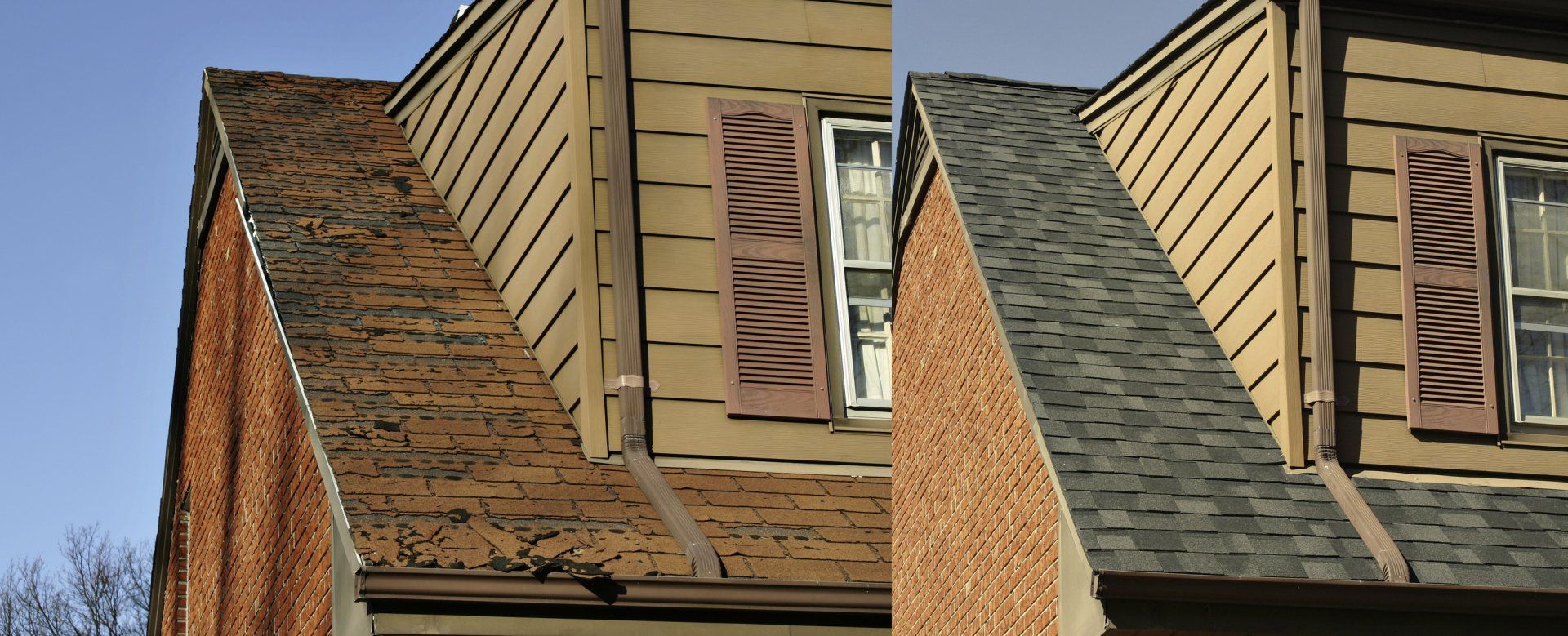Introduction
Hailstorms can wreak havoc on your property, and one of the most critical areas that may suffer damage is your roof. This article will delve deep into Identifying Hail Damage on Your Roof: What To Look For, guiding you through the process so that you can take timely action. Understanding how to spot hail damage early can save you money and prevent further complications down the road. Whether you're a homeowner or managing a commercial property, knowing what to look for can make all the difference in maintaining the integrity of your roof.
Identifying Hail Damage on Your Roof: What To Look For
When it comes to assessing hail damage, it's essential to understand that not all damage is immediately visible. Hailstones vary in size and density, which means their impact can leave different marks or indications on various roofing materials. Here’s a comprehensive approach to help you identify signs of hail damage effectively:
Understanding Hail Size and Impact
Hailstones can range from pea-sized to golf ball-sized or even larger. The level of damage often correlates with both the size of the hail and the speed at which it falls.
- Small Hail (0.5 inch or less): May cause minor surface damage, primarily affecting shingles. Medium Hail (0.5 inch - 1 inch): Can dent softer materials like metal roofs and create bruising on asphalt shingles. Large Hail (1 inch or more): Likely leads to severe roof damage requiring immediate attention.
Visual Indicators of Hail Damage
Once you've weathered a storm, it's crucial to perform a thorough inspection of your roof. Here are some common indicators:
Shingle Damage
- Look for cracks, missing granules, or exposed areas. Shingles may appear discolored or have dark spots from granule loss.
Metal Roofs
- Check for dents or dings, particularly around seams and fasteners. Any signs of rust or corrosion should also be noted.
Tile Roofs
- Inspect tiles for cracks or breaks; damaged tiles may be misaligned.
Performing a Roof Inspection
Regular roof inspections are vital, especially after severe weather events. If you're unsure about climbing onto your roof, consider hiring licensed roofing contractors who offer professional inspection services.
What Should You Inspect?
Surface Condition: Look closely at shingles and tiles for physical signs of wear. Flashing: Ensure that flashings around vents and chimneys are intact. Gutters: Clear out any debris that could indicate ongoing problems. Attic Inspection: Check for leaks inside your attic space as this may indicate external damage.The Importance of Timely Repairs
Ignoring signs of hail damage could lead to more significant issues such as leaks or structural failures over time.
Emergency Roofing Services
In some cases, hail may cause immediate threats requiring emergency roofing services—especially if you find leaks after a storm.
Why Choose Emergency Services?
- Quick Response Time Temporary Repairs Prevent Further Water Damage
Common Types of Roof Damage from Hail
Different roofing types react differently under hail impact:
Asphalt Shingle Damage
Asphalt shingles are susceptible to bruising when impacted by hailstones:
Bruising manifests as dark spots where granules have been displaced. Cracks may form due to repeated impacts.Metal Roofs
Metal roofs generally handle hail better but aren't immune:
Dents might occur, leading to potential rust if protective coatings are compromised.Tile Roofs
Tiles are aesthetically pleasing but fragile:
Cracked or broken tiles will require replacement.Cost Implications of Hail Damage Repair
Understanding the financial aspect is equally crucial when addressing hail damage:
Roof Repair Cost Estimates
Repair costs vary based on multiple factors including:
- Type of material Extent of damage Geographic location
Average Cost Breakdown:
| Type | Average Cost per Square Foot | |--------------------|------------------------------| | Asphalt Shingle | $3 - $5 | | Metal | $7 - $10 | | Tile | $10 - $15 |
Roof Replacement Costs
If repairs exceed what’s manageable financially, replacing the entire roof might be necessary:
Factors Influencing Replacement Costs:
Roofing Material Choice Labor Costs Permitting FeesEngaging Professional Help: Licensed Roofing Contractors
Finding certified roofing contractors is crucial for handling repairs correctly.
How to Choose the Best Roofing Contractors
- Verify licenses and insurance. Read customer reviews online. Ask about warranties offered on services.
FAQs
1. How do I know if my roof has hail damage?
Inspect your roof for visible signs such as dents in metal roofs or dark spots on asphalt shingles post-storm.
2. Can I repair hail damage myself?
While minor repairs can sometimes be done DIY-style, hiring professionals ensures safety and quality work.
3. How much does emergency roof repair typically cost?
Costs vary widely, but expect emergency repairs to range between $500 and $2000 depending on severity.
4. What should I do immediately after a storm?
Conduct an initial inspection from ground level; if you see potential issues, call licensed roofing contractors for a professional assessment.
5. Is it worth filing an insurance claim for minor damages?
Consider deductibles versus repair costs; sometimes it’s more prudent to pay out-of-pocket for minor issues rather than risk higher premiums.
6. How often should I inspect my roof?
Aim for at least twice a year plus after any major storms—this helps catch problems early before they escalate.
Conclusion
Identifying hail damage on your roof is not merely about eye-catching visuals; it requires understanding various aspects from material-specific vulnerabilities to recognizing underlying problems that could affect your home structurally over time. By being proactive through regular inspections and knowing when to engage licensed roofing roofing contractors contractors, you can effectively manage potential risks associated with storm-related damages while safeguarding your investment in property value and comfort.
Investing time in learning how to identify these issues will pay off significantly when it comes time for repairs or replacements down the line!
